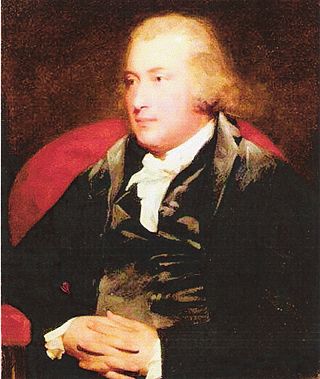
Colin Lauder, Worlds End Close, Edinburgh) was a fellow of the Royal College of Surgeons of Edinburgh FRCSEd, and a burgess of Edinburgh. His portrait was painted by Sir Henry Raeburn.

Sir Andrew Douglas MaclaganPRSE FRCPE FRCSE FCS FRSSA was a Scottish surgeon, toxicologist and scholar of medical jurisprudence. He served as president of 5 learned societies: the Royal Medical Society (1832), the Royal College of Surgeons of Edinburgh (1859–61), the Royal College of Physicians of Edinburgh (1884–87), the Royal Society of Edinburgh (1890–5), and the Royal Scottish Society of Arts (1900).
Professor Andrew Fyfe FRSE FRCSE PRSSA PRMS was a Scottish surgeon and chemist. Following early studies on Fox Talbot's newly created photographic techniques he was one of the first (1839) to work out the theory behind positive rather than negative prints. He had an amateur interest in photography but appears not to have pursued his own theories and limited his experiments to ferns lying on chemical papers.

James Scarth Combe FRSE, FRCSEd (1796–1883) was a British surgeon. He was the first person to give an accurate description of pernicious anaemia and to recognise that atrophic gastritis was a feature of the condition. He was elected a Fellow of the Royal Society of Edinburgh in 1850 and served as President of the Royal College of Surgeons of Edinburgh in 1851–52.
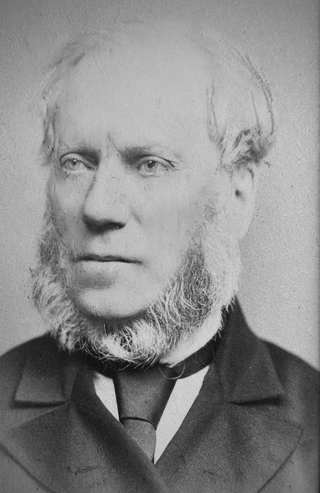
Dr James Dunsmure FRSE FRCSEd was a Scottish surgeon. He served as President of the Royal College of Surgeons of Edinburgh.
Dr William Farquharson FRSE PRCSE FRCPE FSAS (1760-1823) was a senior Scottish surgeon during the Scottish Enlightenment. He served as President of the Royal College of Surgeons of Edinburgh 1806-8 and President of the Harveian Society of Edinburgh in both 1796 and 1805.

Alexander Gillespie FRSE, FRCSEd was a Scottish surgeon. He is one of the few persons to have served two non-consecutive periods as President of the Royal College of Surgeons of Edinburgh. He was President from 1810 to 1812 and again from 1818 to 1820.
Alexander Hamilton FRSE FRCSE FRCPE (1739–1802) was a Scottish physician. He was a co-founder of the Royal Society of Edinburgh in 1783. He was one of the first persons to recognise that puerperal fever was infectious. He was professor of midwifery at the University of Edinburgh.
Dr Andrew Fergus Hewat FRSE was a Scottish physician involved with mental health. He donated the Fergus Hewat Cup to the Royal College of Physicians of Edinburgh, an annual golf championship. This is played between the Royal College of Physicians and Surgeons of Glasgow, and a combined team from the Royal College of Physicians of Edinburgh and the Royal College of Surgeons of Edinburgh.

William James Stuart CBE PRCSE FRSE (1873-1958) was a 20th-century Scottish surgeon who served as President of the Royal College of Surgeons of Edinburgh from 1937 to 1939. He was affectionately known as Pussy Stuart.
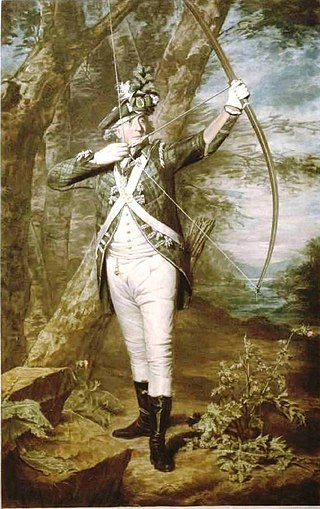
Nathaniel Spens was a Scottish medical doctor who qualified as Fellow of the Incorporation of Surgeons and then became increasingly interested in the practice of physic. He qualified as a Fellow of the Royal College of Physicians of Edinburgh and went on to become President of that College.
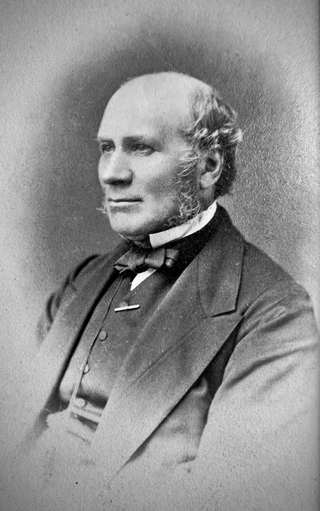
Andrew Wood MD FRCSEd FRSE LLD was a 19th-century Scottish surgeon who served as President of the Royal College of Surgeons of Edinburgh from 1855 to 1857.

William Wood FRCSEd FRSE was a 19th-century Scottish surgeon who twice served as President of the Royal College of Surgeons of Edinburgh, twice as President of the Medico-Chirurgical Society and once as President of the Harveian Society.
Dr Thomas SpensPRCPE FRSE (1764–1842) was an 18th/19th century Scottish physician who served as President of the Royal College of Physicians of Edinburgh from 1803 to 1806.
Archibald Inglis FRCSEd was a 19th-century Scottish surgeon who served as President of the Royal College of Surgeons of Edinburgh for the period 1853 to 1855. He was a keen amateur botanist and chaired the Edinburgh Botanical Society.
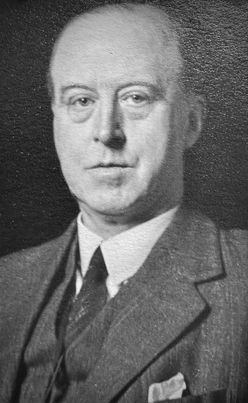
Robert William Johnstone CBE, FRCSEd, FRSE, FRCOG, was a Scottish obstetrician and gynaecologist. For some 20 years he was Professor of Midwifery and Gynaecology at the University of Edinburgh. He was a founding Fellow and subsequently vice-president of the Royal College of Obstetricians and Gynaecologists. He served as president of the Royal College of Surgeons of Edinburgh from 1943 to 1945.

John Campbell was a Scottish surgeon. He served as president of the Royal College of Surgeons of Edinburgh from 1832 to 1834. In that capacity he was the last president of the College to sit ex officio as a member of the Edinburgh Town Council, so ending a tradition dating from 1583. During his presidency the College made the most significant change of location in its history, moving from Old Surgeons Hall in Surgeons' Square to the present Playfair building in Nicolson Street.

James Dunsmure FRCSEd was a Scottish physician and obstetrician who, as his father had done before him, served as President of the Royal College of Surgeons of Edinburgh.

James Simson, FRCSEd was a Scottish surgeon, who worked for most of his career at the New Town Dispensary and was surgeon to the Edinburgh prison. He was president of the Royal College of Surgeons of Edinburgh from 1844-45 and again in 1873.

The Harveian Society of Edinburgh was founded in April 1782 by Andrew Duncan. The Society holds an annual Festival in honour of the life and works of William Harvey, the physician who first correctly described the manner in which blood circulates around the human body. Until 1829, the Society was known as the Circulation Club or the Harveian Club. Membership of the society is by invitation and members are doctors based primarily in Scotland. There are currently over 140 members, who are known as "Harveians".














